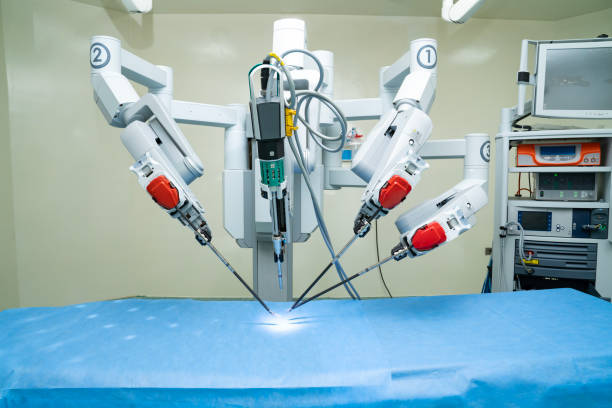Spinal cord injuries (SCIs) and paralysis have long been considered daunting challenges in the field of medicine. However, the intersection of artificial intelligence (AI) and molecular biology holds great promise for groundbreaking advancements in the treatment of these conditions. In recent years, researchers have been leveraging the power of AI to unravel the complexities of molecular and biological processes, offering new avenues for developing effective therapies. This blog post explores the exciting possibilities that AI brings to the table in the quest to cure spinal cord injuries and paralysis.
Understanding Spinal Cord Injuries
The spinal cord is a crucial component of the central nervous system, facilitating communication between the brain and the rest of the body. When a spinal cord injury occurs, the flow of information is disrupted, leading to paralysis and a range of other debilitating symptoms. Traditional treatment methods have had limited success in restoring function to the damaged spinal cord, prompting researchers to explore innovative approaches.
AI in Molecular Analysis
AI algorithms excel at processing vast amounts of data and identifying complex patterns, making them invaluable tools in molecular analysis. By applying machine learning to genetic and proteomic (Protein processes) datasets, researchers can gain insights into the intricate molecular mechanisms underlying spinal cord injuries. AI can help identify specific genes, proteins, and signaling pathways associated with injury and repair processes, offering a deeper understanding of the biological changes occurring at the molecular level.
Precision Medicine and Personalized Therapies
One of the key contributions of AI lies in the realm of precision medicine. Tailoring treatments to individual patients based on their unique genetic makeup and molecular profiles is a concept gaining traction. AI algorithms can analyze patient-specific data to predict the most effective therapeutic interventions, optimizing the chances of successful spinal cord injury recovery. This personalized approach has the potential to revolutionize treatment strategies and improve outcomes for individuals with paralysis.
Drug Discovery Acceleration
AI accelerates the drug discovery process by efficiently analyzing vast datasets and predicting potential drug candidates. In the context of spinal cord injuries, AI-driven drug discovery can identify compounds that target specific molecular pathways involved in regeneration and repair. This expedites the development of novel pharmaceuticals designed to promote healing and functional recovery in patients with spinal cord injuries.
Neural Interfaces and Rehabilitation
Beyond molecular and biological interventions, AI plays a crucial role in the development of neural interfaces and rehabilitation techniques. Advanced AI algorithms enable the design of sophisticated neuro-prosthetic devices and brain-machine interfaces, facilitating communication between the nervous system and external devices. This technology holds promise for restoring mobility and function to paralyzed individuals, bridging the gap between damaged nerves and external prosthetics. In fact, Elon Musk’s implantable, Neuralink brain-computer interface system, is currently seeking FDA approval to begin human clinical trials on quadriplegics and is expected to receive consent to move forward soon.
Conclusion
The synergy between AI, molecular biology, and innovative medical technologies offers a beacon of hope for individuals grappling with spinal cord injuries and paralysis. As researchers continue to unravel the complexities of the molecular and biological processes involved, AI stands as a powerful ally in the quest for effective treatments and, ultimately, a cure. The ongoing collaboration between AI experts, molecular biologists, and medical professionals promises to transform the landscape of spinal cord injury rehabilitation, bringing us closer to a future where paralysis may no longer be an insurmountable obstacle.
